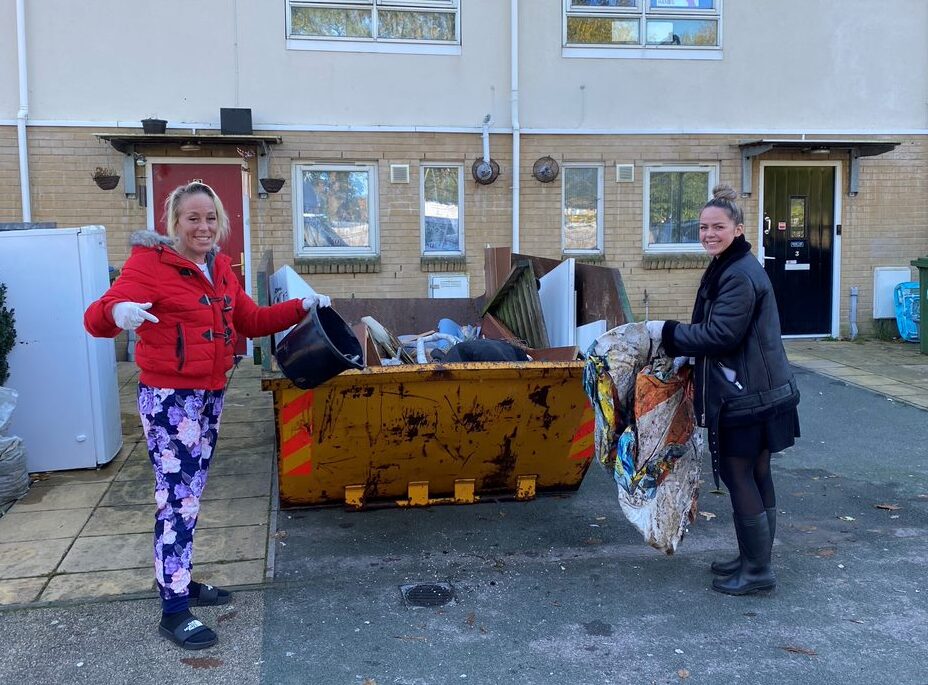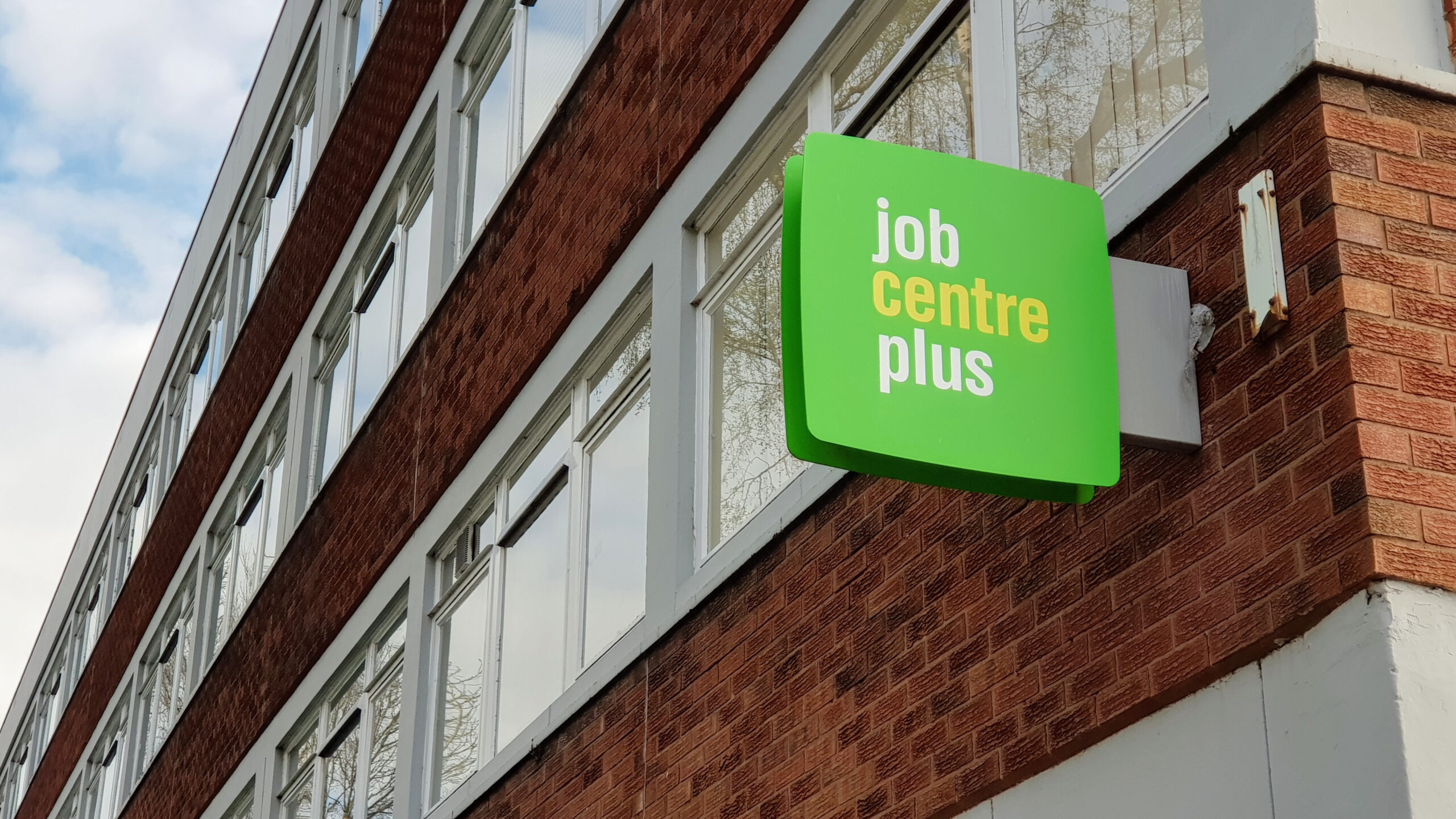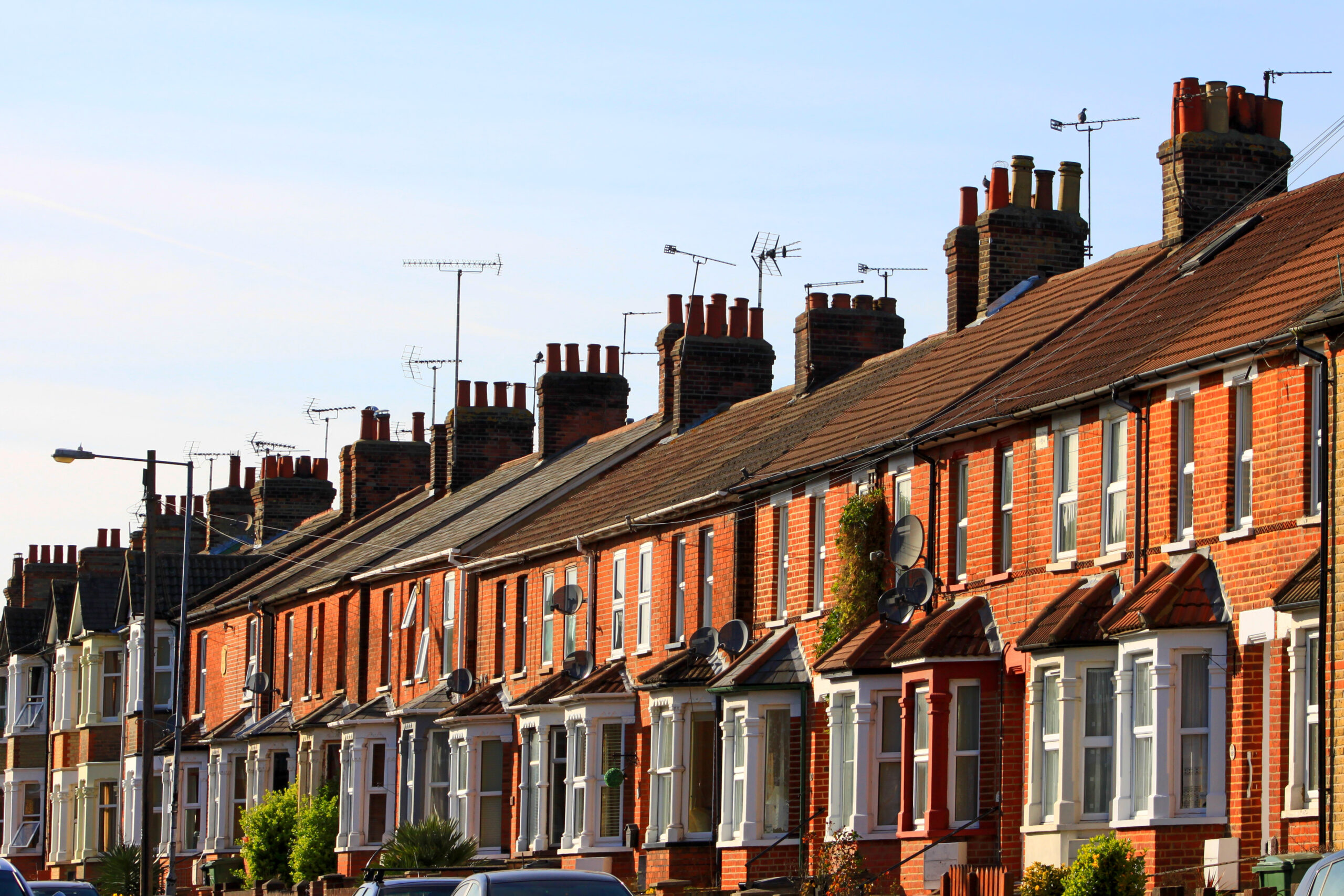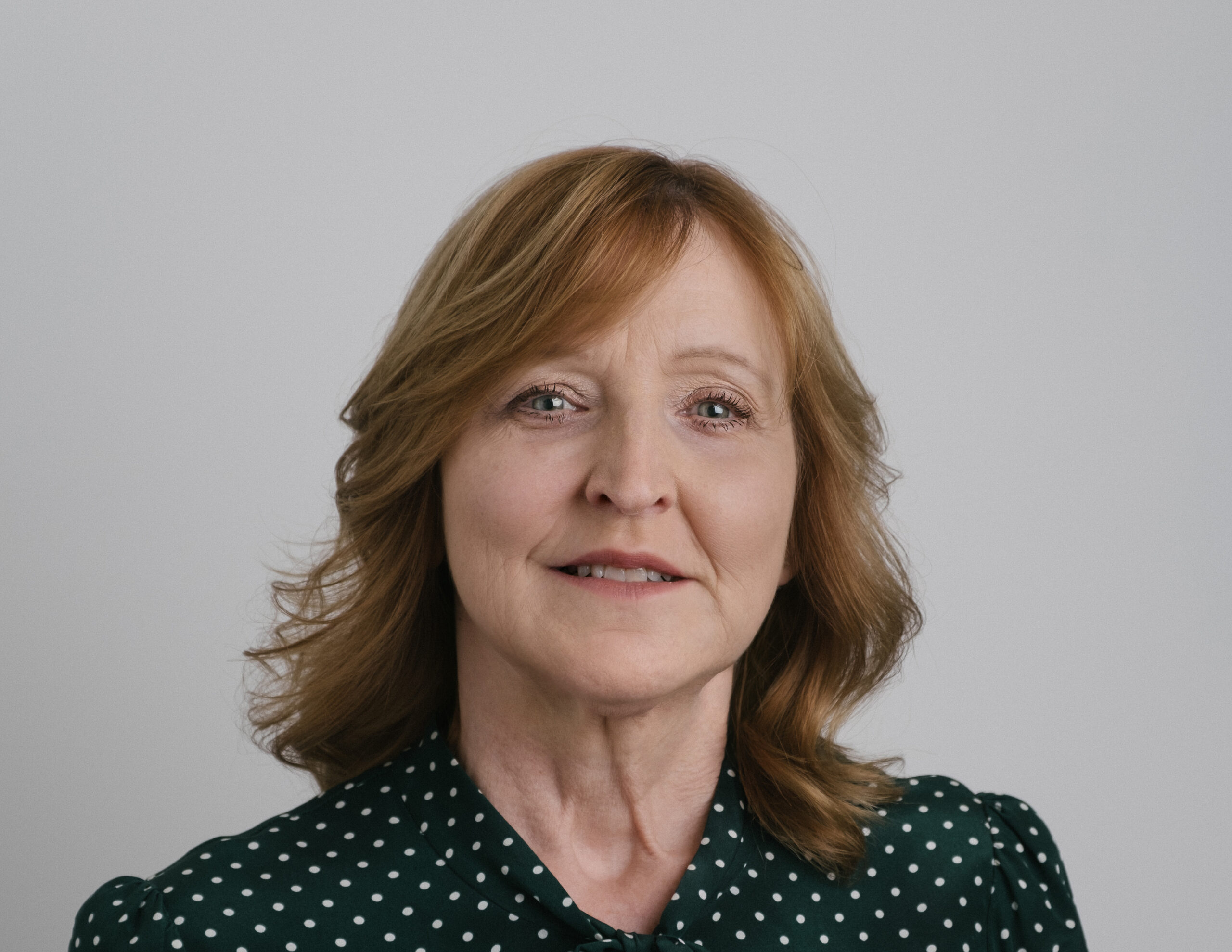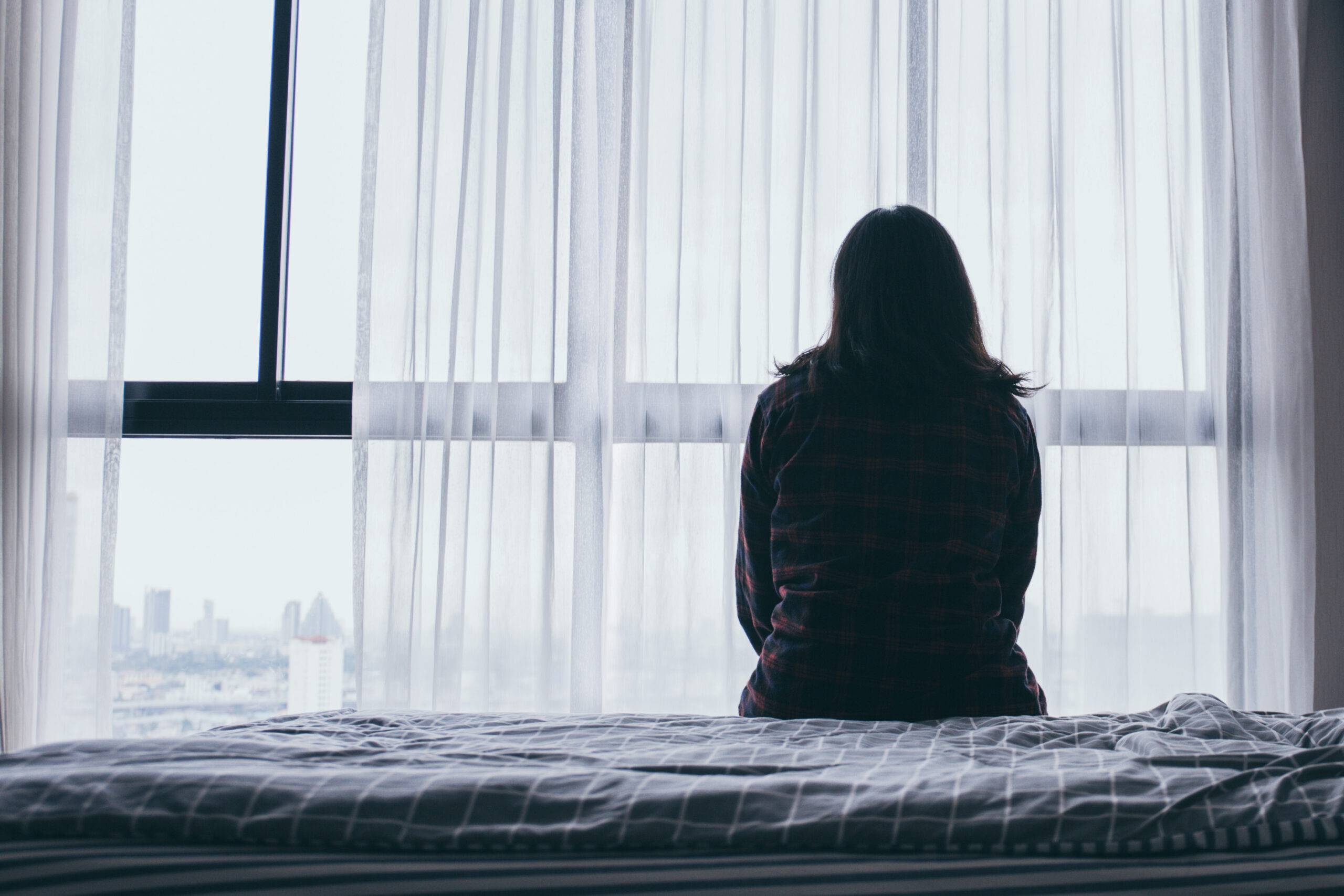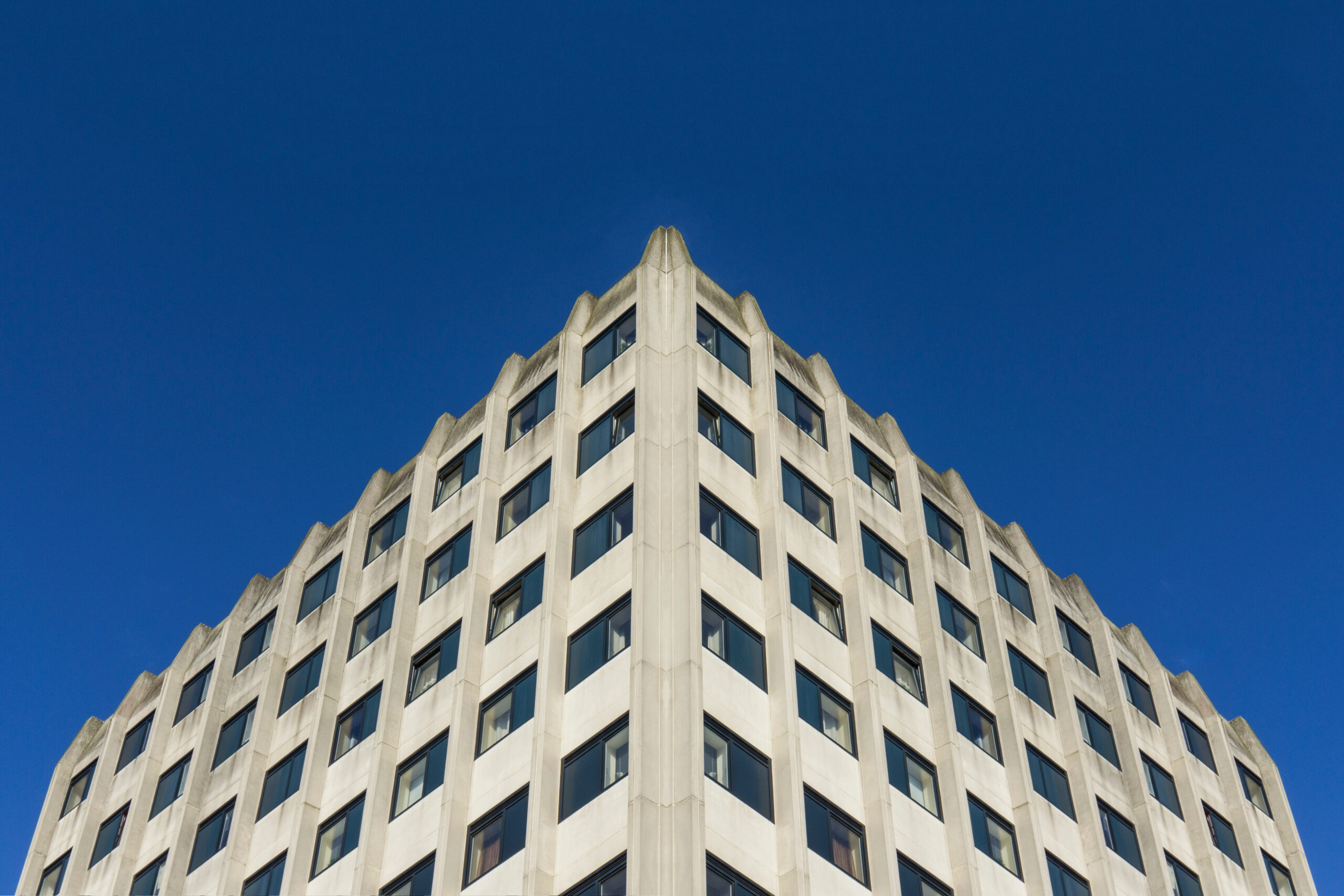Social landlords are under pressure to identify and respond to cases of domestic abuse. Some have been doing it for years, but others need to act quickly due to new regulatory standards. Neil Merrick investigates.
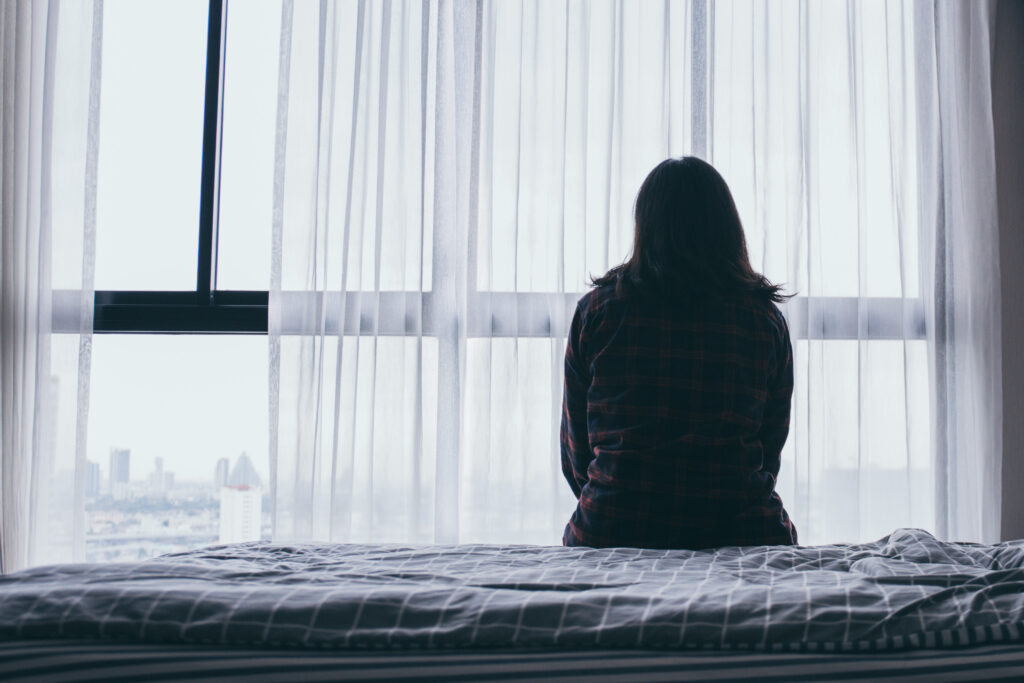
Within weeks of ‘Louise’ (name changed) moving into her new home, a team from Wolverhampton Homes visited the property to carry out a routine repair.
Noticing two internal doors were damaged, the team flagged up their concerns and alerted the landlord’s domestic abuse team.
Louise had fled her previous home due to domestic abuse. When a tenancy officer visited her new home, Louise disclosed she had shared the address with her former partner as she felt guilty he wasn’t having contact with their children.
Following an argument between them, her former partner had punched the doors in frustration. Louise also disclosed that the man had previously been controlling and physically abusive towards her.
After being allocated a specialist support worker (part of the domestic abuse team), Louise agreed to be referred for family help, counselling and legal advice.
A sanctuary assessment led to the installation of safety measures, meaning Louise could remain in her home. To date, a non-molestation order taken out against her former partner hasn’t been breached.
From this month, all social landlords in England must show regulators that tenants who are victims of domestic abuse can access support and advice [see below]. It’s ten years since Wolverhampton Homes appointed an inhouse independent domestic violence advisor (IDVA) to deal with high-risk cases involving tenants.
Three years ago, with reports of domestic abuse rising nationally at the start of the pandemic, the arm’s length management organisation expanded this into its current team, including a team leader, IDVA and specialist support worker.
“There was a huge demand,” says Charlotte Gibbons, head of sustainment and support. “As a landlord, we felt we have a responsibility to safeguard tenants and create an environment where disclosure can take place.”
“Three years ago, in Doncaster, the council’s Almo uncovered a case involving a woman in her seventies who had been abused by her husband for decades”
Cases such as Louise’s show how a whole-organisation approach allows potential cases to be flagged up by anyone visiting a property. “It’s about asking questions and having that professional curiosity,” she says.
Tenants can report domestic abuse through a call centre or app. While survivors may move to refuges and other safe accommodation, the aim is for most to remain at home, protected through ‘target hardening’ measures such as better locks, ring-door alarms, fencing and lighting.
In 2022/23, Wolverhampton Homes carried out 115 sanctuary assessments for its target hardening scheme, which is also available to non-tenants in the city. In 93% of cases, the victim remained safely in their home for at least six months afterwards.
For the past decade, the Domestic Abuse Housing Alliance (Daha) has accredited social landlords that meet its standards for identifying and supporting victims of domestic abuse. A similar scheme is planned for private landlords.
Landlords have a vital part to play in preventing domestic abuse and supporting victims, says Judith Vickress, Daha’s head of housing. While there’s a business case for adopting policies that should reduce voids and antisocial behaviour, this is by no means the only reason.
“There’s a strong realisation that housing organisations can improve the lives of survivors if they embed standards of good practice,” she says. “It improves the confidence of staff, who feel more informed in spotting signs of domestic abuse.”
According to the Office for National Statistics, police in England and Wales recorded 1.45 million incidents or crimes related to domestic abuse in 2022/23. While down 0.8% from the previous year, the figure is 7.9% higher than in 2019/20.
Lockdowns were blamed for an increase in cases at the start of Covid. “People were trapped with their perpetrators,” says Vickress.
“‘Years ago there was more of an acceptance that women did what their husband told them, or the other way around. That’s not OK anymore’”
The 2021 Domestic Abuse Act requires local authorities to support victims and their children, where necessary, in refuges and other safe accommodation. With councils commissioning charities to provide support, Daha doesn’t believe it’s necessary for social landlords to set up inhouse services.
It can be more effective for a landlord to work in tandem with their local authority and local charities, says Vickress, but she accepts some landlords prefer to take a lead. “We try not to have a blanket view over what a service should look like,” she says.
The important thing is that victims aren’t automatically forced from their home. “Too often women are moved into temporary accommodation. That’s what the police and social services see as the first port of call, but we need to focus on how we remove the risk,” she adds.
To date, 34 social landlords have gained Daha accreditation, with more than 120 working towards it. Earlier this year, Guinness became the first landlord to receive enhanced accreditation, something it sees as integral to reducing homelessness caused by domestic abuse.
In March, Hackney unveiled a social landlords protocol for reducing homelessness related to domestic abuse. The protocol builds on intervention policies in operation for council tenants in the London borough.
But why, with lockdowns over, are cases of domestic abuse rising? According to Osian Elis, chief officer at Gorwel, a domestic abuse service owned by North Wales housing association Grwp Cynefin, the increase has roots in many factors, including the cost-of-living crisis.
There’s also greater awareness of domestic abuse, with victims more likely to report cases to the police, and statutory authorities more likely to refer survivors to services such as Gorwel. “It’s not so much of a taboo subject anymore,” he says.
“police in England and Wales recorded 1.45 million incidents or crimes related to domestic abuse in 2022/23”
Shajaat Hussain, operations manager at A2Dominion, notes that the definition of domestic abuse has expanded during the past decade to include coercive control and honour-based violence.
In Oxfordshire, where the housing association runs the domestic abuse service for the county and city councils, more than 1,800 adults and children were referred for support between April and December 2023. During the previous 12 months, service users totalled 1,665. “Demand is growing every year,” he says.
Through the Oxfordshire service, A2Dominion provides support to anyone living in the county judged low or medium risk, not just tenants. High risk cases are referred to Reducing the Risk, a separate agency. A2Dominion tenants outside Oxfordshire are referred to the national helpline or to local services.
The Oxfordshire service includes a helpline, counselling, and refuges or other safe accommodation for victims, including properties exclusively for men.
It’s important, adds Hussian, that men approaching domestic abuse services are believed just as much as women. A2Dominion uses screening tools to ensure that men who come forward as victims aren’t in fact perpetrators.
In North Wales, Gorwel has seen more perpetrators requesting support, including men who are on police bail or with previous convictions. “We have to undertake comprehensive assessments to ensure we’re supporting only victims of domestic abuse,” says Siwan Lloyd-Williams, who manages Gorwel’s IDVA team.
The Domestic Abuse Act, which only applies in England, also created the post of commissioner to speak on behalf of survivors. But Nicole Jacobs, appointed for a second term in 2022, is proving a thorn in the side for government, warning services could disappear due to the precarious financial situation facing many councils.
In spite of the act, most services are non-statutory, placing them at greater risk from cuts. “For too long, domestic abuse services have been hanging by a thread and piecing funding together just to keep their doors open,” said Jacobs in a letter to Housing and Communities Secretary Michael Gove in February.
The act is taking time to bed in. In 2022/23, according to government figures, 50,670 households were placed in a refuge or other safe accommodation, up 39% on the previous year. But a further 24,580 households referred to safe accommodation didn’t receive any support.
Sometimes domestic abuse emerges where you least expect it. Three years ago, in Doncaster, the council’s Almo uncovered a case involving a woman in her seventies who had been abused by her husband for decades.
Following the intervention of St Leger Homes, the couple’s landlord, the woman was rehoused so she could live alone, and the case referred to the police. “Their friends had never identified anything, but we did as an organisation,” says Jane Davies, St Leger’s head of housing management.
St Leger employs two domestic abuse officers in its home options team for people who are homeless and fleeing abuse or violence. Ten officers in its safeguarding and antisocial behaviour team are also trained to respond to domestic abuse.
A higher-grade safeguarding officer works with partners in Doncaster, including the council’s domestic abuse hub. Davies sees the new regulatory standard as a step forward that should ensure policies are watertight and as effective as possible.
An updated tenancy agreement will reinforce the way St Leger responds to domestic abuse. “Years ago there was more of an acceptance that women did what their husband told them, or the other way around. That’s not OK anymore,” says Davies. “We have always been a landlord that’s a lot more than bricks and mortar.”
The new neighbourhood and community standards for social landlords in England require them to “work co-operatively with other agencies tackling domestic abuse and enable tenants to access appropriate support and advice”.
Landlords must have a policy for recognising and responding effectively to cases of domestic abuse. They must also support councils in developing strategies and in commissioning services for victims, and their children, in safe accommodation.
Guidance from the Regulator of Social Housing urges landlords to understand the significant impact domestic abuse can have on tenants and household members.
Policies should use a ‘victim-centred’ approach and set out a landlord’s approach to recognising and responding to cases. This includes:
- Raising awareness and understanding among staff so they recognise signs of domestic abuse, particularly those linked to housing
- Making tenants aware of the appropriate support and advice available
- Offering tenants referrals to specialist agencies
- Providing staff with specialist training.
Social landlords also need to appreciate specific needs of tenants who experience domestic abuse, including those linked to protected characteristics, such as disability and race. Sensitive information must be handled in compliance with data legislation.
Warning signs: How landlords can spot possible domestic abuse
- Are doors or walls damaged?
May be a sign that one or more of the adults living in the property is abusive or violent. - Does an adult living in the property not have a key?
Could indicate that their partner is being coercive and controlling their movements. - Have neighbours complained about noise?
May indicate that a household member is abusive. - Do partners fail to introduce one another to visitors?
May be a sign of coercion or abuse. - Is it evident that an adult doesn’t have control of their money?
Another sign of potential coercion or abuse.



